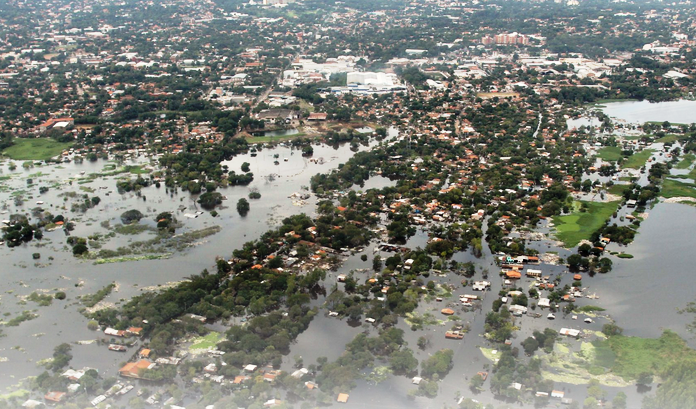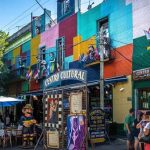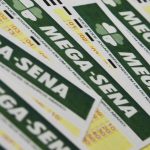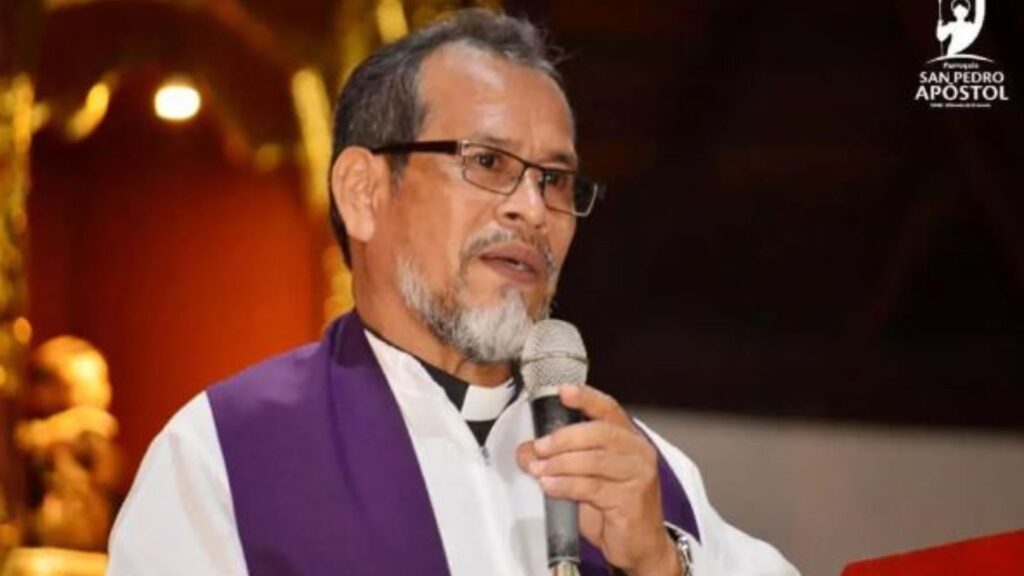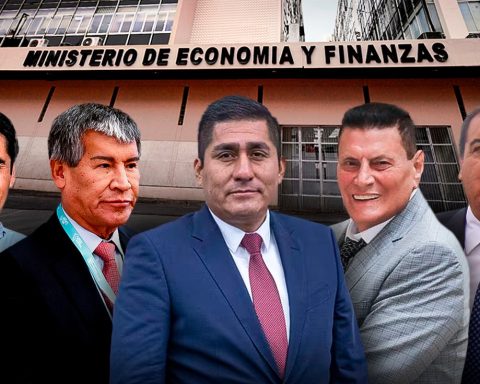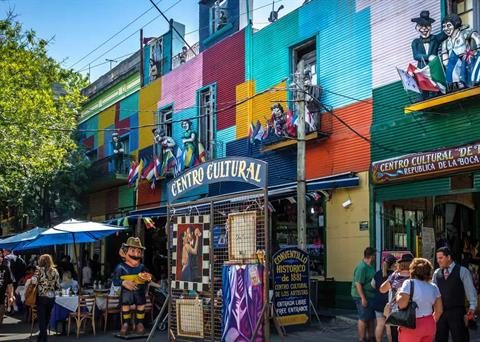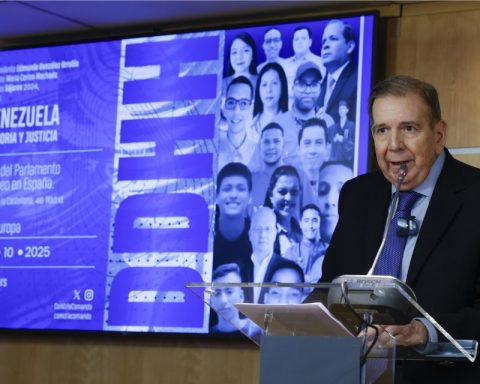Christian Nielsen
Few things have been talked about so much and so many projects have been formulated as about the use of the low-lying and flood-prone areas of Asunción. One of the first attempts to create something similar to what we know today as a coastal avenue occurred in the 1960s. I don’t know to what degree of development the summoned company – whose name was Ian Fraser, as I recall – will have reached, but for a long time there was no talk of anything else. But like so many others, the idea vanished from the very moment that an attempt was made to touch the Chacarita, change it, transform it or something similar. When the neighborhood acquired the status of moderator of the Catholic University and its debates on post-estrogenism in the midst of strogenism, nobody considered it healthy to mess with the Chacariteños. So, from the waterfront or coastal strip, the initiative lost its aggressiveness to become a defense wall against floods, of which the Chacarita was always the most exposed part until the occupation of the marshes took away the first step on the podium of the victims.
SELF-FINANCING – In the magazine Arquitectura, Ingeniería y Artes (AIA), the architect Gonzalo Garay defines the Coastal Strip Master Plan as a solution “relatively cheap and easy to execute for the benefits it has, since real estate developments and investments that are necessary for the economy of the city creating sources of employment”.
This central idea took various paths. Consultancies and plans sprouted like mushrooms, many of them with financing from entities such as the IDB, the World Bank, CAF, UNDP, USAID and other government agencies, especially from Spain, Japan, Korea and Taiwan. In short: money was always available and the projects overflow the shelves of the municipal archives. What never finished being modeled was a coherent and feasible political decision. The clash of interests and the short-sightedness of mayors and councilors have been postponing sine die the enterprise of transforming floodplains into habitable areas and with sufficient real estate potential not only to self-finance the works to be undertaken but to add funds to the ever-famished coffers of the Municipality of Asuncion.
URBAN RESILIENCE – Faced with such an inability of municipal management, the Government decided to put the spoon in and go ahead with the north and south coastal areas, the first already finished and the second in full execution. The persistent communal drowsiness continued to encourage the Ministry of Public Works and Communications, which last April reinforced its undertaking with the presentation of its “Urban Resilience Project for the Asunción Coastal Strip and Stakeholder Participation Plan”, which if we turn it into acronym would be unintelligible and unpronounceable.
This idea is a 135-page booklet and its implementation would cost US$105 million that can be used in all kinds of works, undertakings and “community support”. It includes, for example, the provision of non-reimbursable subsidies in amounts ranging from US$500 to US$5,000 (between 3.5 and 34 million guaraníes) that would be assigned, the project relates, through a permanent call for proposals for the purchase of goods, services and equipment as well as the contracting of small-scale civil works. In the epic of the Paraguayan public administration, it is easy to imagine how such a free silver faucet would end. If someone has enough patience to swallow the literature, the project is on the official website of the MOPC.
LIQUIDATION OF ASSETS – On the other side of the counter, the Municipality of Asunción is showing some movement. It seems that a draft ordinance landed in the Municipal Board to declare the municipality in “rain emergency” (?) That would leave the mayor’s hands free to manage funds.
Let’s see. Next August, Asunción will complete 485 years of existence in a state of “rain emergency.” And now, what could not be done, was not known or was not wanted to be done in almost five centuries, is intended to be done in a few months. The serious thing is that to undertake works that have already been designed in the middle of the last century, it is proposed to sell land in what looks like a liquidation of municipal assets, all haphazardly, in a state of emergency. With internal party elections in sight, and general elections just around the corner, the emergency seems to respond to other needs, more pedestrian and less structural.
URBAN MARTYR – Asunción is a true urban martyr. Between incompetent municipal administrations and central governments that invent and reinvent plans to modify this or change that, the city continues to be one of the most backward continental capitals in road and health infrastructure and in the treatment of public spaces.
Immersed in their political miseries and their short-sightedness, whole groups of politicians have been and continue to be incapable of dealing with the great urban sprawl of the capital as a whole and solving common problems that have worsened over the years.
